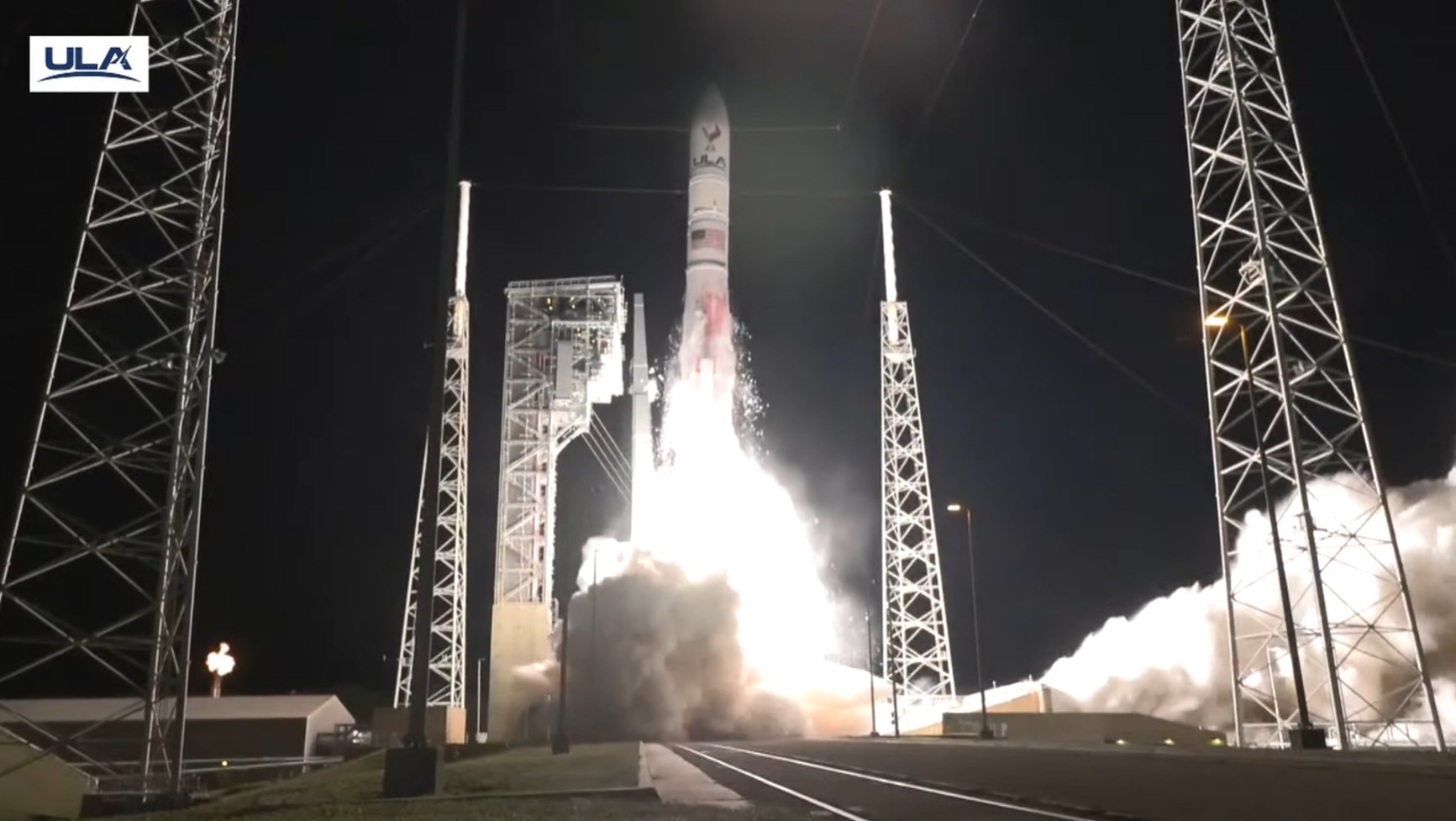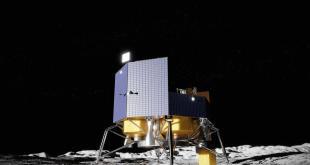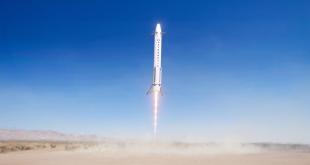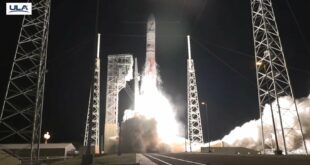
Thessaloniki, 22 January 2023. – A post-reentry briefing on the Astrobotic Peregrine Mission 1 took place on 19 January 2024. An audio recording is available on the NASA TV channel. Astrobotic has earned acclaim for its comprehensive and transparent updates, which can be found on their website and X (Twitter) wall.
Following a successful launch and separation from the ULA Vulcan Centaur rocket on Jan. 8, 2024, Peregrine experienced a loss of propellant. Not only did that prevent any soft landing on the Moon, but the valve connecting helium to oxidizer had caused flooding and ruptured the tank. The spacecraft was now a flying hazard that could potentially create more debris in cislunar space or lunar orbit. After analysis and recommendations from NASA and the space community, Astrobotic determined the best option for minimizing risk and ensuring responsible disposal of the spacecraft would be to maintain Peregrine’s trajectory toward Earth for atmospheric re-entry and burnup. After spending ten days and 13 hours in space, Astrobotic’s Peregrine Mission One made a controlled re-entry on Earth over open water in the South Pacific at approximately 4:04 p.m. EST on Jan. 18, 2024.
Astrobotic was the first commercial vendor to launch a mission to the Moon as part of NASA’s CLPS (Commercial Lunar Payload Services) initiative, which aims to advance capabilities for science, exploration or commercial development of the Moon under the agency’s Artemis campaign. There were five payloads, of which the passive experiment for NASA’s LRA (Laser Retroreflector Array) could only have been activated on the lunar surface. But all other four payloads, although initially intended for the Moon’s surface, powered on successfully and collected data while in flight, measuring natural radiations and chemical compounds in cislunar space around the lander.
Everyone present at the briefing reckoned that Peregrine Mission 1 is far from being a failure. John Thornton, Astrobotic’s CEO, expressed his confidence in the next mission’s success; Dan Hendrickson, Vice President of Business Development, acknowledged the support and collaboration of the payload teams despite the mission’s unanticipated outcome; Sharad Bhaskaran, Mission Director for Peregrine Mission One, noted the rewards of the experience and the valuable data collected from the spacecraft; Ander Solorzano, Flight Director and Principal Systems Engineer expressed his appreciation for the dedicated mission team that handled challenges professionally. Likewise, from NASA Headquarters, Joel Kearns, deputy associate administrator for Exploration, Science Mission Directorate, highlighted NASA’s partnership with Astrobotic and the potential value of the data from the NASA science instruments on Peregrine Mission One for future lunar surface deliveries.
There were some important moments instantly shared with the world: after the initial propulsion failure hit hard, the mission control team in Pittsburgh quickly responded and resolved the problem of the misaligned solar panels. Working under a tight timeframe, they were able to reorient the spacecraft and save the mission within 4 minutes of the expected loss of signal. Although they did not have enough fuel for many maneuvers, they continued to fly and activated all payloads. Apparently, the hero who saved the day was Astrobotic’s engineer Joshua Schapiro, who figured out on the spot an untested coding solution that worked, preventing further catastrophic failure. Then, on the way back, the team managed to take a picture of Earth by hiding the sun behind a small strut, resulting in an impressive image that showcased the mission’s achievements.
Although Astrobotic did not meet all the milestones for the full 108 million dollar payment from NASA, they claim to have achieved two of them, including stable flight in space and payload checkouts. The final milestone payment will be determined by NASA based on mission events and the maximum value of the task order. Astrobotic will now wait for the results of the anomaly review board before deciding if any modifications are necessary. Tentatively scheduled for November 2024, the VIPER mission, on board Griffin, involves a more complex and expensive payload, that needs extra assurances of success. With an emphasis on responsible decision-making and camaraderie in the space industry, volunteer involvement in the review board, and NASA’s engagement with suppliers, Astrobotic emphasized industry independence in providing hardware and software delivery, rather than solutions dictated by NASA. Customer support and commitment, despite mission challenges, remain key to commercial success and financial sustainability.
 SpaceWatch.Global An independent perspective on space
SpaceWatch.Global An independent perspective on space




